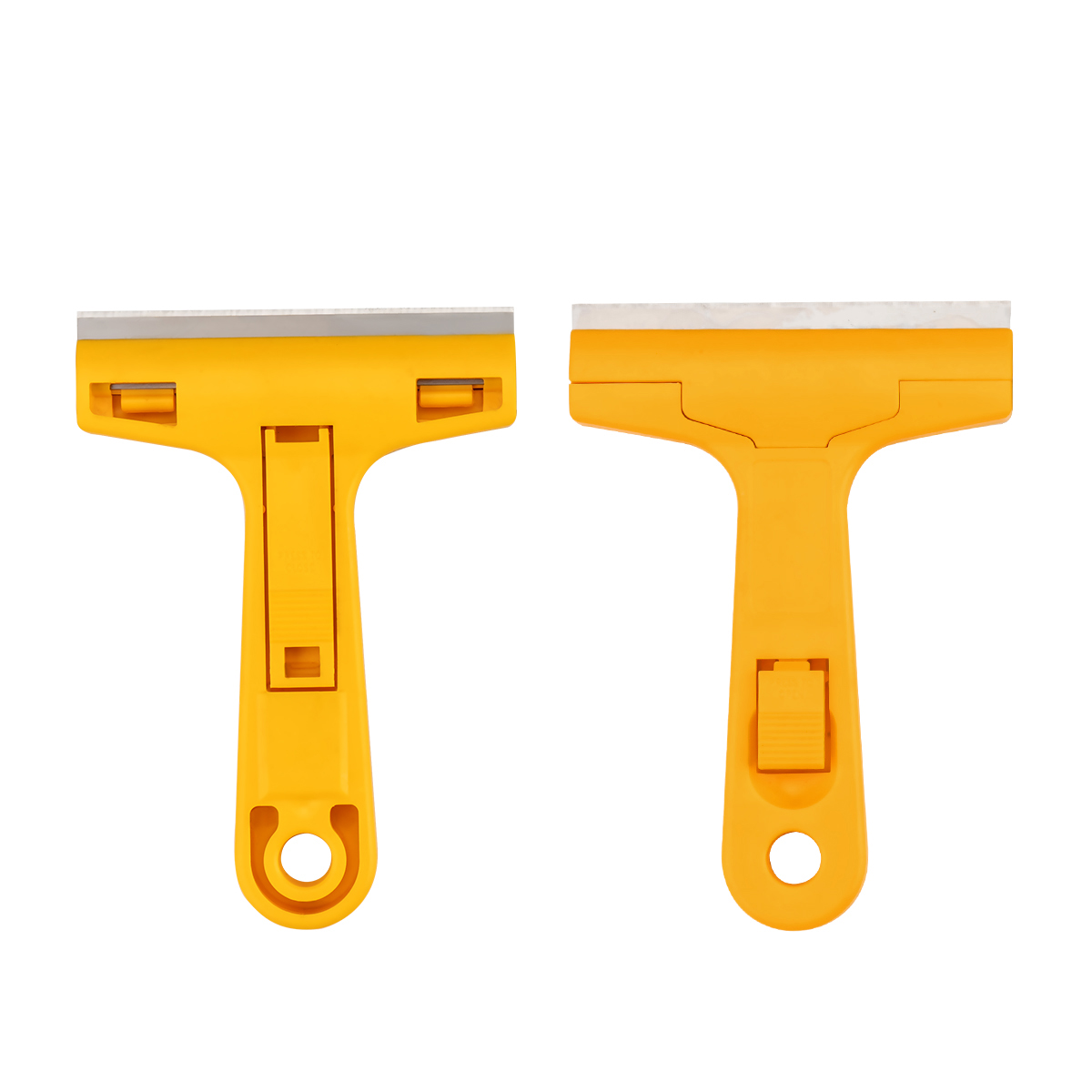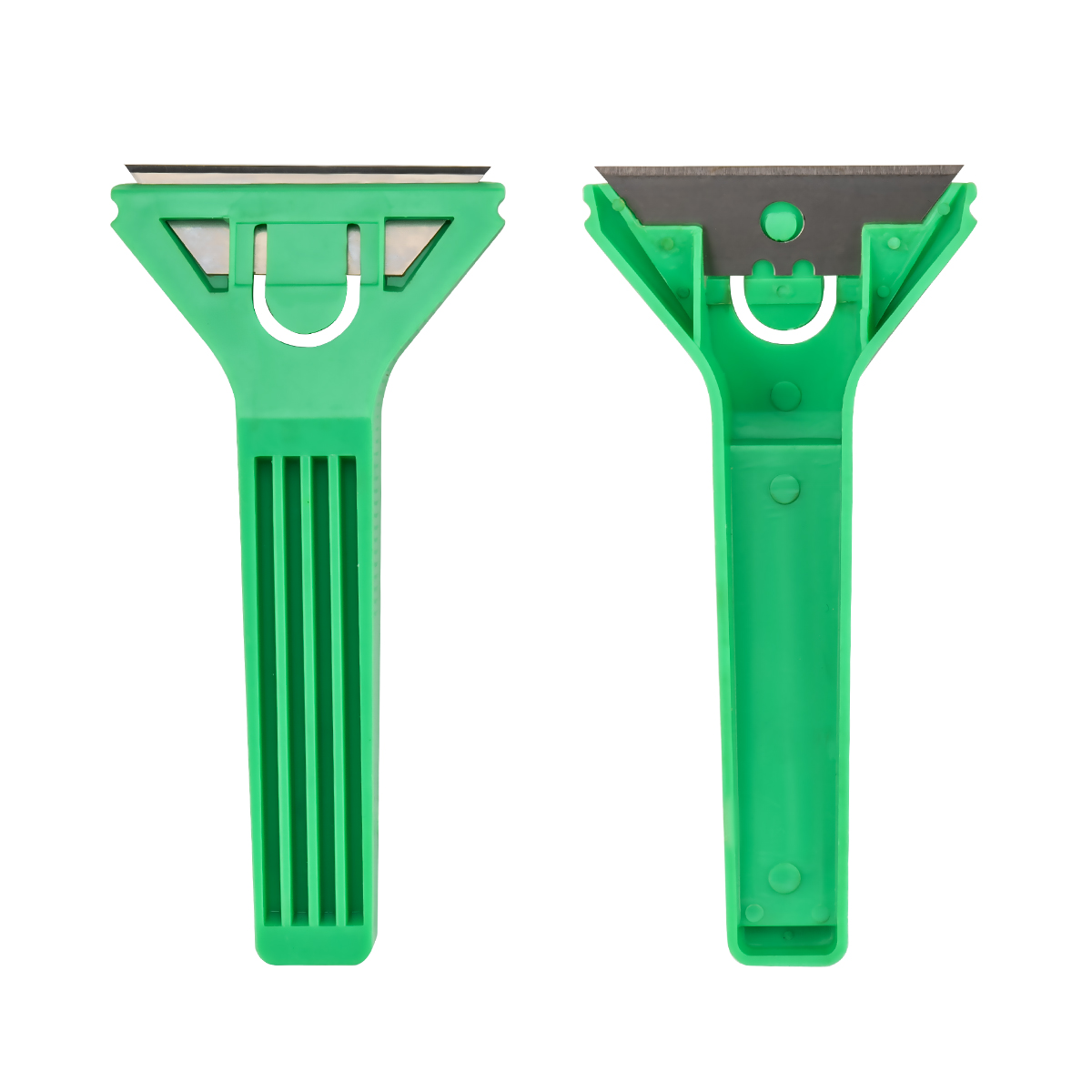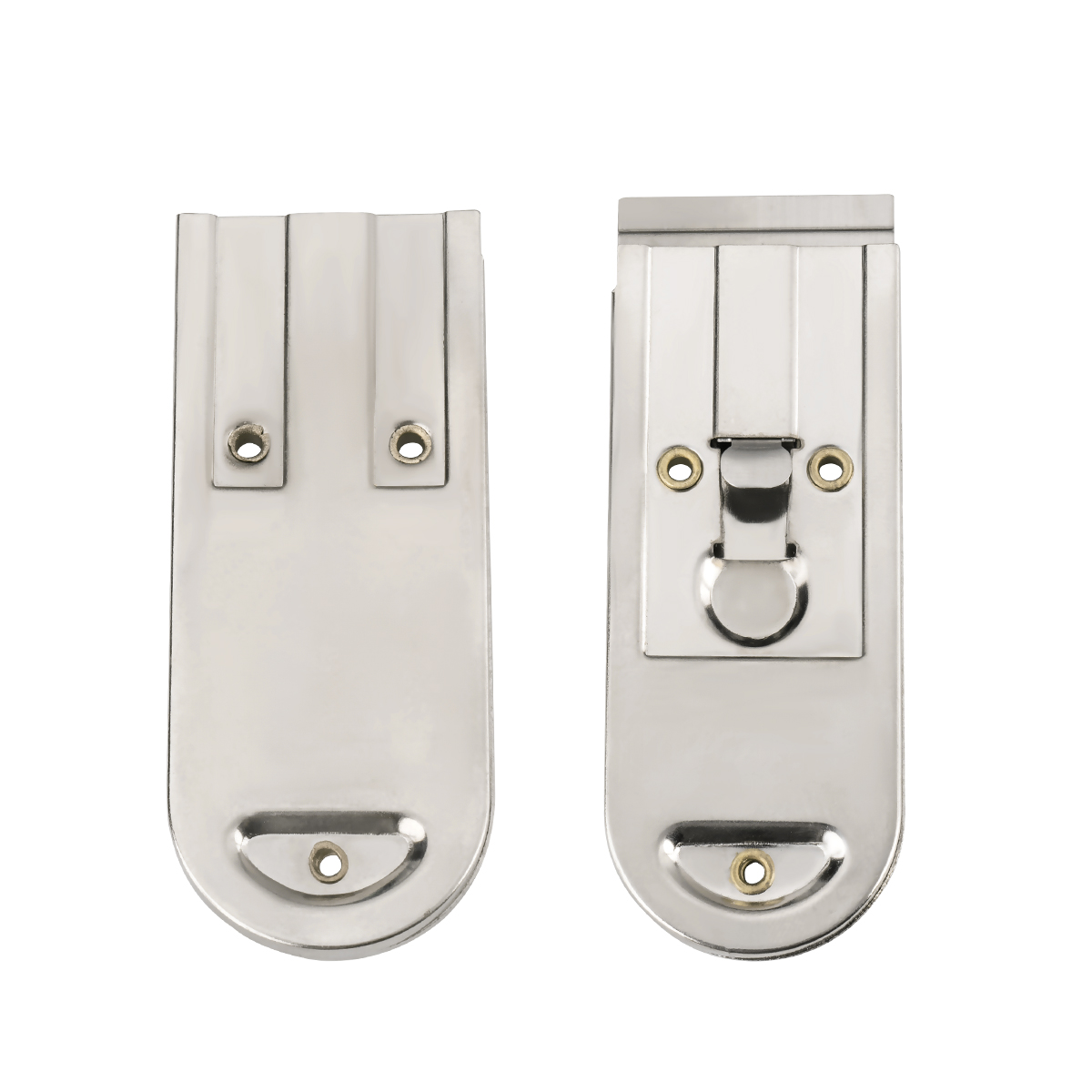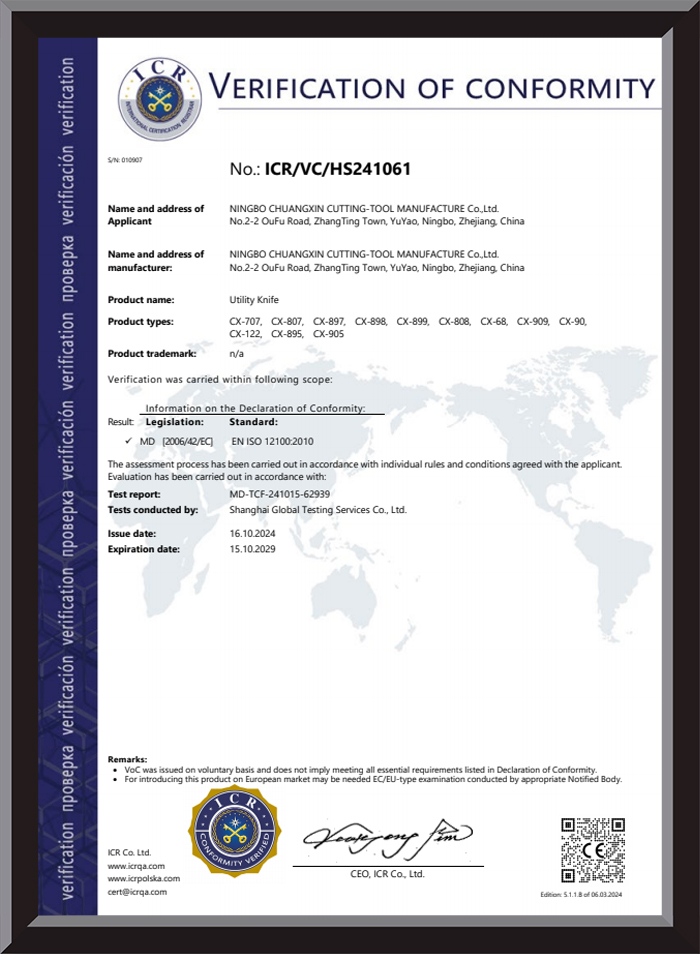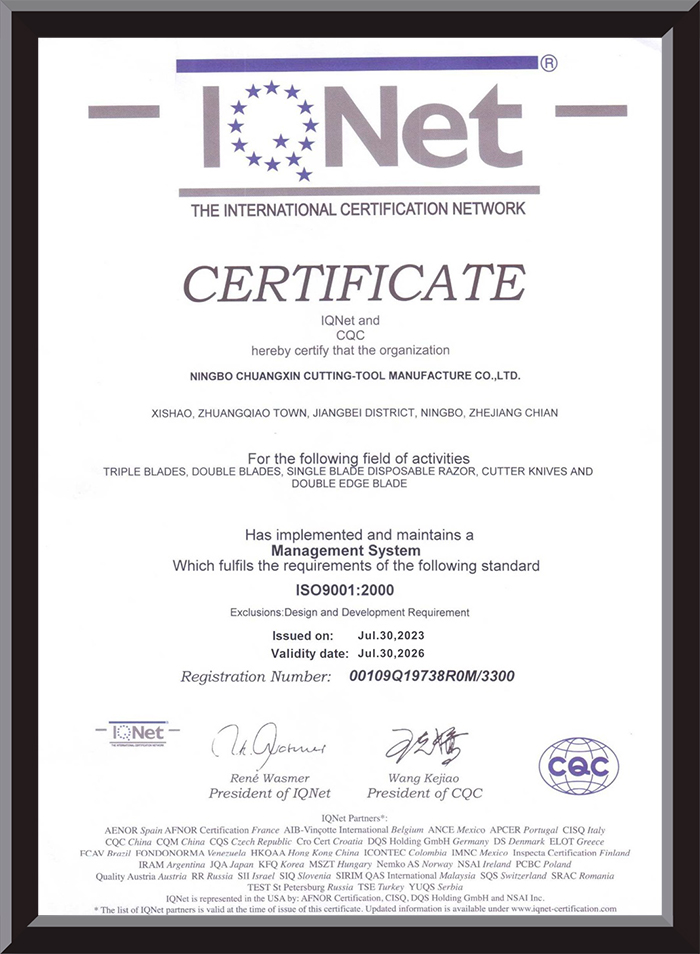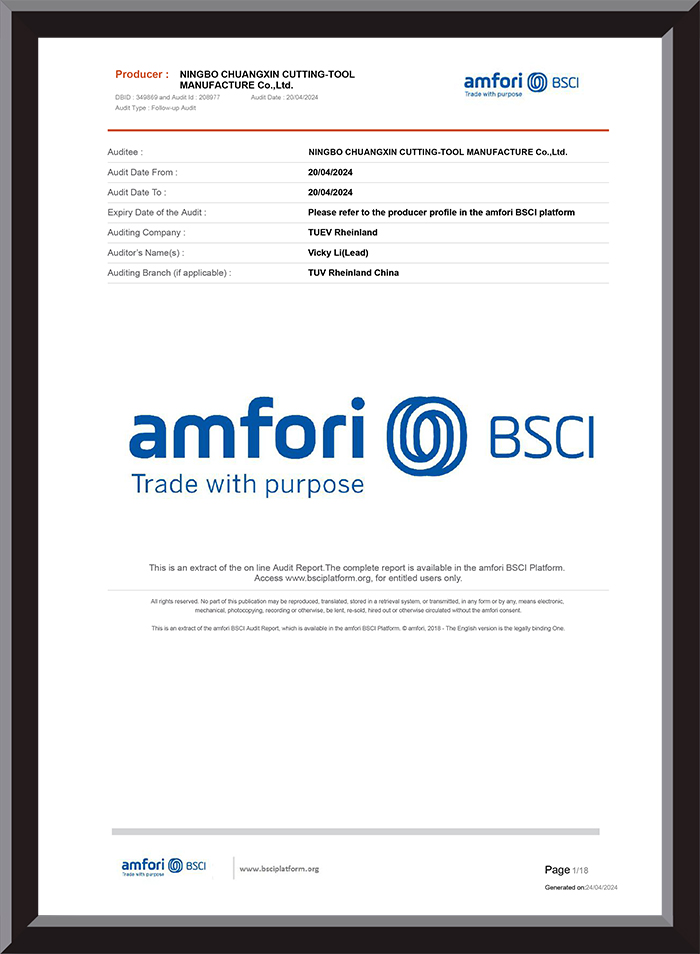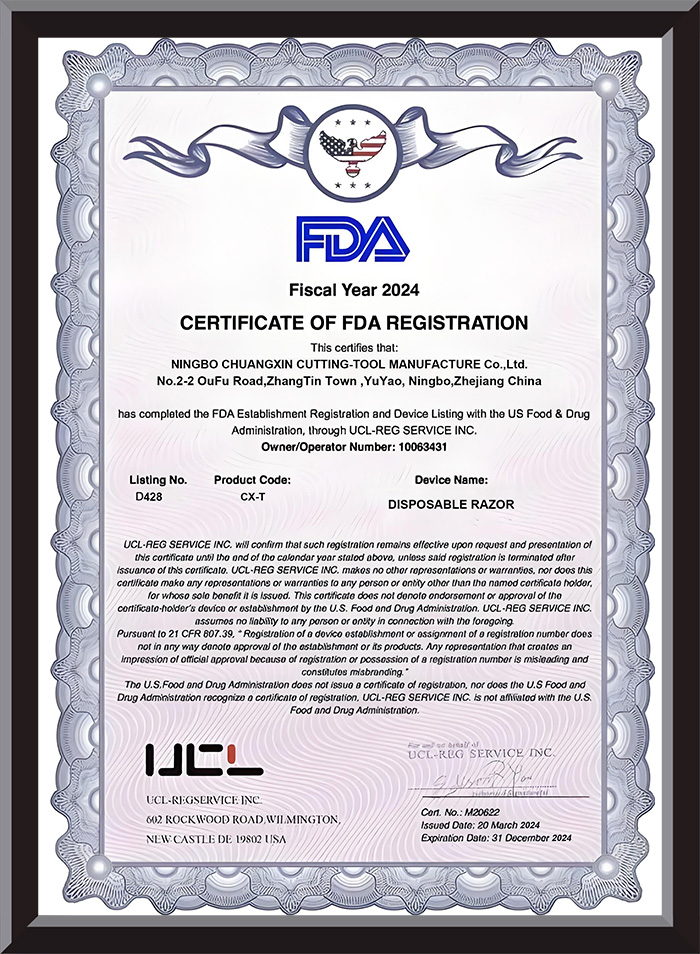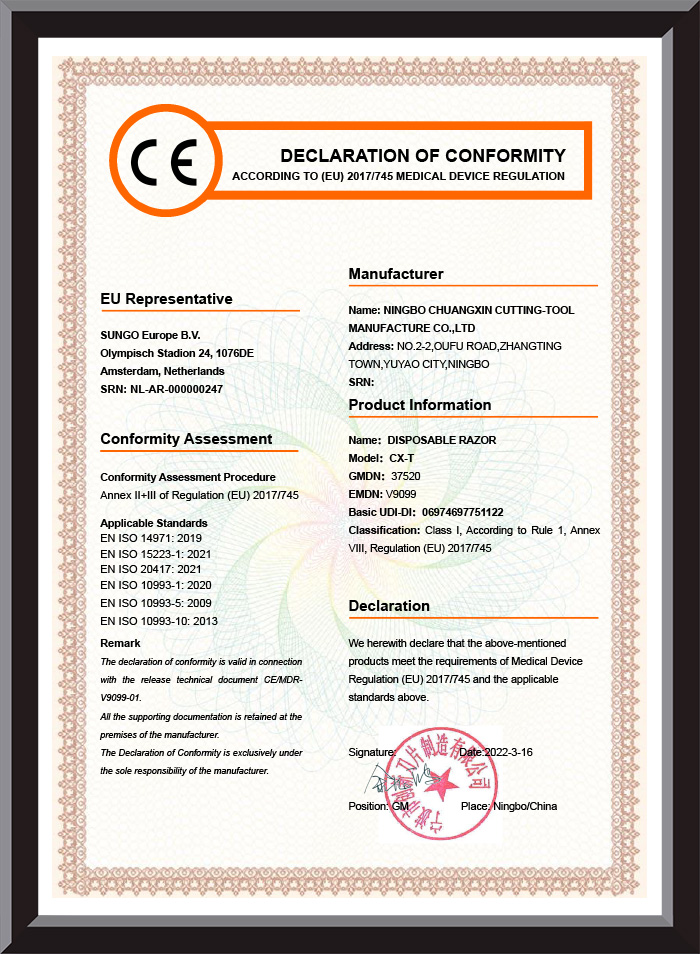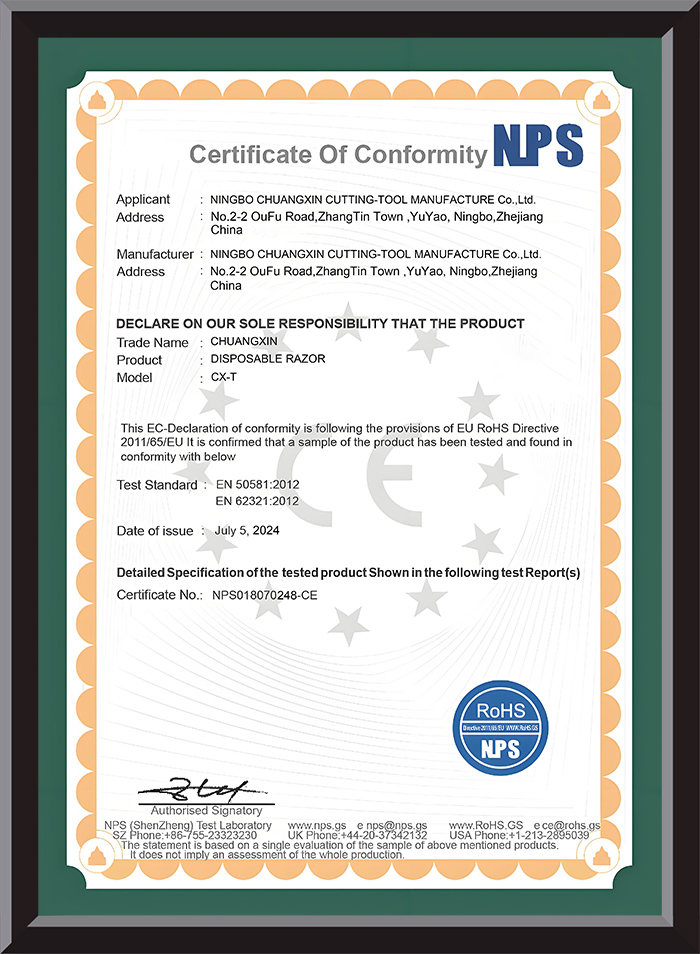CX-921 Multi-functional Portable Glass Floor Tiles Cleaning Shovel Hand Tool Clean Scraper
Message Feedback
Utility Knife Scraper Industry knowledge
A utility blade scraper, also known as a scraper knife, is an essential tool for a variety of tasks, from home improvement projects to professional jobs. Whether you're removing old paint, scraping off stubborn adhesive, or cleaning glass surfaces, the right scraper can make the job easier and more efficient. This guide will help you understand the different types of utility blade scrapers, how to choose the best one for your needs, and how to use and maintain it for long-lasting performance.
What is a Utility Blade Scraper?
- A utility blade scraper is a handheld tool that uses a replaceable razor blade to remove materials like paint, adhesive, decals, and grout from various surfaces. It is distinct from a standard utility knife because its primary function is scraping, with the blade typically held at a low angle to the surface.
- The body of a utility blade scraper is typically made of durable materials such as metal (e.g., aluminum or stainless steel) or high-impact plastic. The handle is often designed for an ergonomic grip to provide comfort and control during use. The key component is the blade holder, which securely locks the replaceable blade in place.
Types of Utility Blade Scrapers
- Fixed Blade Scrapers: These scrapers feature a blade that is rigidly fixed in place and cannot be retracted into the handle. They offer maximum stability and force, making them ideal for heavy-duty tasks where consistent pressure is required, such as removing tough, caked-on materials like old paint or floor adhesive.
- Retractable Blade Scrapers: These scrapers have a mechanism that allows the blade to be extended for use and then retracted back into the handle for safe storage. This is popular for its safety features, as the blade can be hidden when not in use, reducing the risk of accidental cuts. Retractable scrapers are highly versatile, suitable for a wide range of tasks from scraping windows to removing stickers.
- Folding Scrapers: Similar to a folding knife, the blade on a folding scraper can be folded into the handle. The main advantage of these is their compact and portable design, which makes them easy to carry in a pocket or tool belt, making them a convenient option for quick, on-the-go jobs.
| Feature | Fixed Blade Scraper | Retractable Blade Scraper | Folding Scraper |
|---|---|---|---|
| Stability | Maximum | Good | Good |
| Safety | Requires a sheath or cap | High (blade can be retracted) | High (blade is folded away) |
| Portability | Low | High | Very High |
| Best for | Heavy-duty, high-force tasks | General-purpose and precision work | Quick, portable, on-the-go tasks |
| Blade Change | Tool-dependent | Varies by model (often tool-free) | Varies by model (often tool-free) |
Key Features to Look For
- Blade Material:
- Carbon Steel: Known for its superior hardness and ability to hold a sharp edge. It is excellent for tasks requiring precision and long-lasting sharpness but is more susceptible to rust and requires more maintenance.
- Stainless Steel: Highly resistant to rust and corrosion, making it ideal for use in wet or humid conditions. While not as hard as carbon steel, many modern stainless steel alloys still offer very good performance and edge retention.
- Blade Coatings: Coatings like titanium or black oxide can reduce friction, increase blade durability, and provide additional rust resistance.
- Handle Ergonomics: A comfortable and secure grip is crucial for reducing hand fatigue and preventing injuries. Look for handles with soft, non-slip materials like rubber or cushioned plastic that are contoured to fit the hand.
- Blade Replacement Mechanism: A good scraper should have a safe and easy-to-use blade replacement system. Look for features like quick-release buttons or sliders that allow for tool-free blade changes.
- Durability and Build Quality: The overall construction of the scraper is a key indicator of its longevity. Look for a sturdy build with a strong connection between the blade holder and the handle.
How to Use a Utility Blade Scraper
- Safety Precautions: Always wear safety glasses and gloves. Keep hands and fingers away from the blade and always work away from your body to prevent injuries.
- Preparing the Surface: Clean the area of loose debris before you begin scraping. For stubborn materials, apply a heat gun or a chemical stripper to soften the substance and make it easier to remove.
- Scraping Techniques: Hold the scraper at a low, consistent angle (15-30 degrees) to the surface. Use moderate, steady pressure rather than excessive force and apply short, controlled strokes.
- Cleaning and Storage: Clean the scraper of debris and residue after each use. Ensure the blade is completely dry before storing it to prevent rust. Store the scraper safely with the blade retracted or covered.
Maintenance Tips
- Blade Care: Wipe the blade clean after use. While some blades can be sharpened, it is often safer and more effective to simply replace a dull blade.
- Handle Maintenance: Clean the handle periodically to maintain a secure, non-slip grip. Regularly inspect the handle for any damage.
- Rust Prevention: The most critical step is to keep the blade completely dry. For long-term storage, apply a thin layer of a rust-inhibiting oil. Store the scraper in a dry, low-humidity environment.
Advanced Techniques
- Using Heat Guns: A heat gun softens old paint, varnish, or adhesives, making them easier to scrape away. Hold the heat gun a few inches from the surface and keep it moving to prevent scorching.
- Chemical Strippers: These liquids or gels dissolve coatings from surfaces. They are useful for intricate areas. Always wear chemical-resistant gloves and safety glasses and work in a well-ventilated area.
- Multiple Blade Scrapers: Some scrapers are designed to hold multiple blades or have specialized blades. A wider blade is ideal for large surfaces, while a narrower blade is better for more focused pressure.
FAQs
- How often should I replace my utility blade scraper blade?
Replace the blade as soon as you notice it becoming dull or rusty. A dull blade requires more effort and increases the risk of slipping. - Can I use a utility blade scraper on glass without scratching it?
Yes, as long as both the glass and the blade are completely clean and free of any debris. Use a fresh, sharp blade and a low, consistent angle. - Are all utility blades universal?
While many are, some models may require proprietary blades. Always check the manufacturer's recommendations. - Is it better to use a carbon steel or a stainless steel blade?
Carbon steel blades are harder and hold a sharp edge longer but are more prone to rust. Stainless steel blades are more rust-resistant, making them ideal for wet environments. - What's the difference between a utility blade scraper and a putty knife?
A utility blade scraper uses a sharp, thin, replaceable razor blade for removing materials. A putty knife has a thicker, more flexible blade and is used for applying fillers or for light scraping.

 English
English 中文简体
中文简体 русский
русский Español
Español